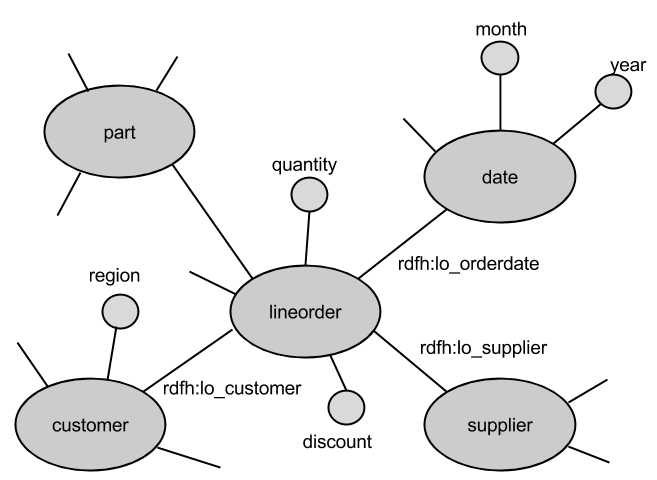Abstract
More and more RDF data is exposed on the Web via SPARQL endpoints. With the recent SPARQL 1.1 standard, these datasets can be queried in novel and more powerful ways, e.g., complex analysis tasks involving grouping and aggregation, and even data from multiple SPARQL endpoints, can now be formulated in a single query. This enables Business Intelligence applications that access data from federated web sources and can combine it with local data. However, as both aggregate and federated queries have become available only recently, state-of-the-art systems lack sophisticated optimization techniques that facilitate efficient execution of such queries over large datasets. To overcome these shortcomings, we propose a set of query processing strategies and the associated Cost-based Optimizer for Distributed Aggregate queries (CoDA) for executing aggregate SPARQL queries over federations of SPARQL endpoints. Our comprehensive experiments show that CoDA significantly improves performance over current state-of-the-art systems.
Authors: Dilshod Ibragimov, Katja Hose, Torben Bach Pedersen, and Esteban Zimanyi
